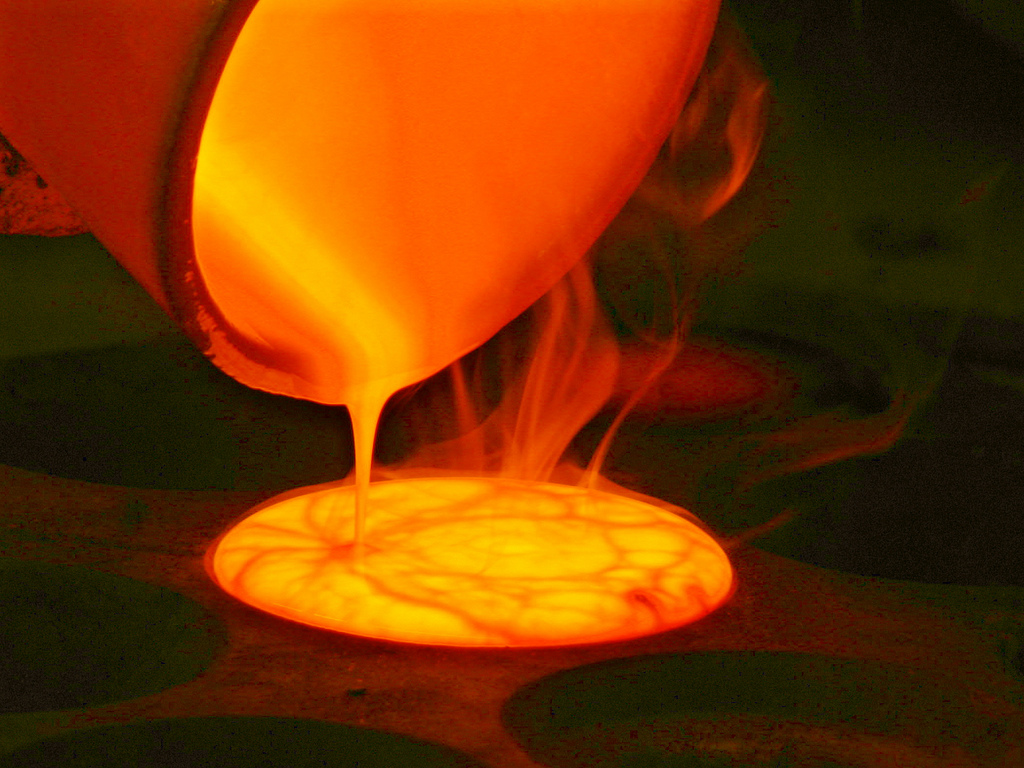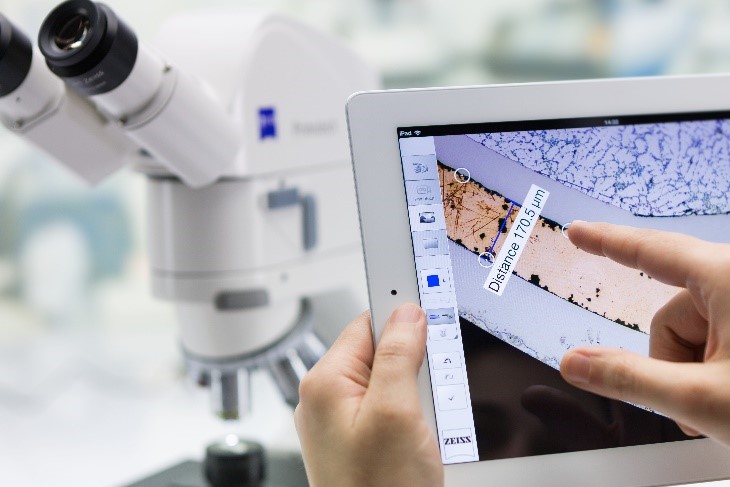Timur Bulatov

Timur Bulatov is a chemist interested in intercultural exchange and foreign languages. From little up, questions like “why is the sky blue?” or “where do the ducks go, when a lake gets all frozen over?” did not allow him to sleep. Now he enjoys sharing his knowledge with you in our blog.
Alloys on the service of humanity
If you ever watched the X-men series, you know Wolverine – the invulnerable mutant with a skeleton made of metal. He can withstand any damage caused to his body, even a nuclear explosion. His bones are made of adamantium, which is the hardest material ever made. But what makes adamantium so special? Is it real and, if not, are there real-life analogues?
Order above all
The famous sinking of Titanic was one of the deadliest peacetime maritime disasters in history. It happened because the liner struck an iceberg in the North Atlantic. There is a strange circumstance, though: a huge ship that could float on the water surface got damaged by an iceberg, which is just a big solid water chunk. This disaster shows how different states of aggregation of the same substance result in their different properties.
Let us introduce you... metals!
About 12 000 years ago a man found an unknown stone, which melted in fire without splitting up. That stone was a piece of copper. Without exaggeration, that was probably the most important day in human history, and so began the metal era of humanity, which continues up to present date. Metals surround us everywhere, but do we know what they are and why do they have their remarkable properties?
A microscope in your pocket
Smartphone apps are nowadays completely indispensable to most of the people. They are handy, easy to use, widely available and hence very popular. However, until today we have known only some networking and IT-related apps, which are on the one hand useful, but on the other hand do not meet all the customers’ needs. What if we could translate smartphone-computing, apps and cloud technology to such a vital area as medicine? We are not talking about medical handbooks. What if we could examine DNA molecules using our smartphones? This sci-fi idea has recently become a reality.



